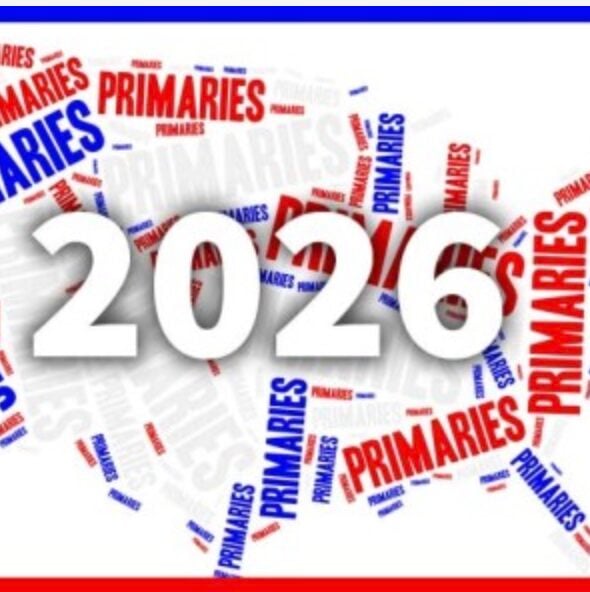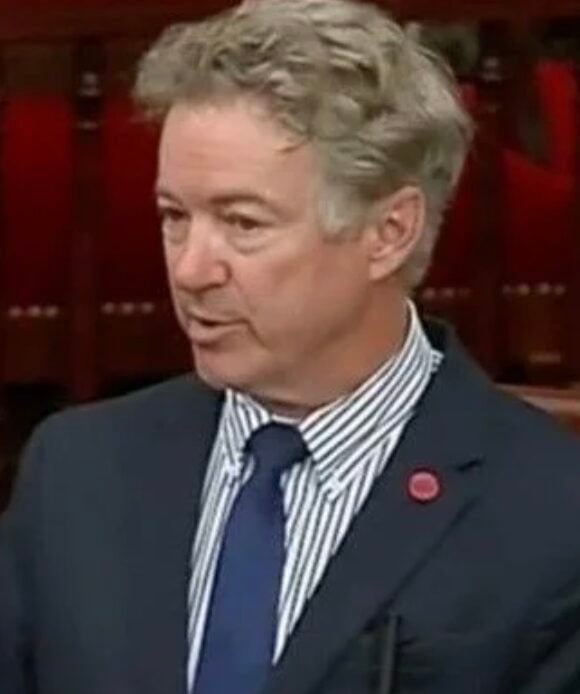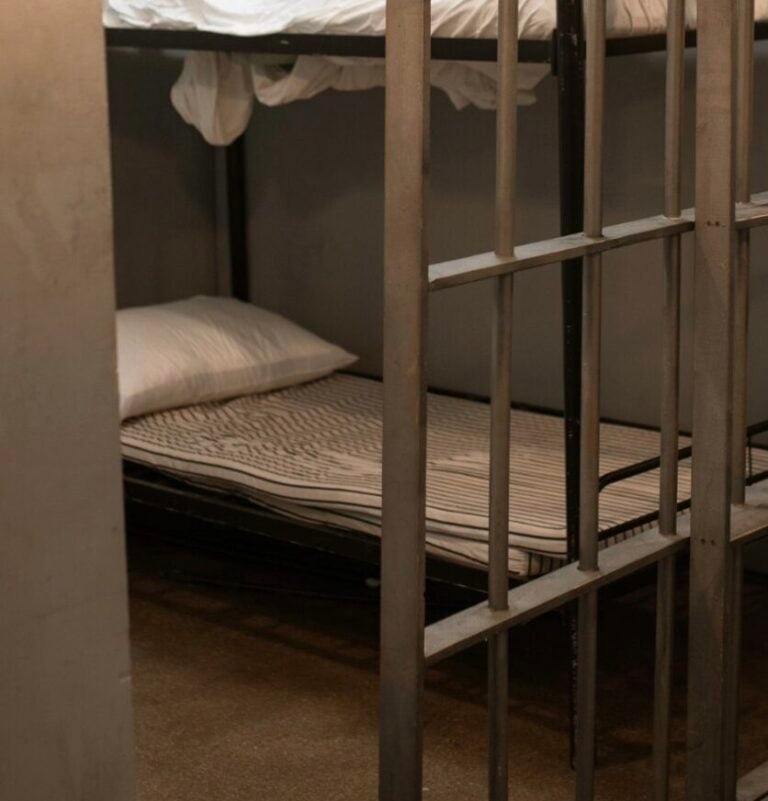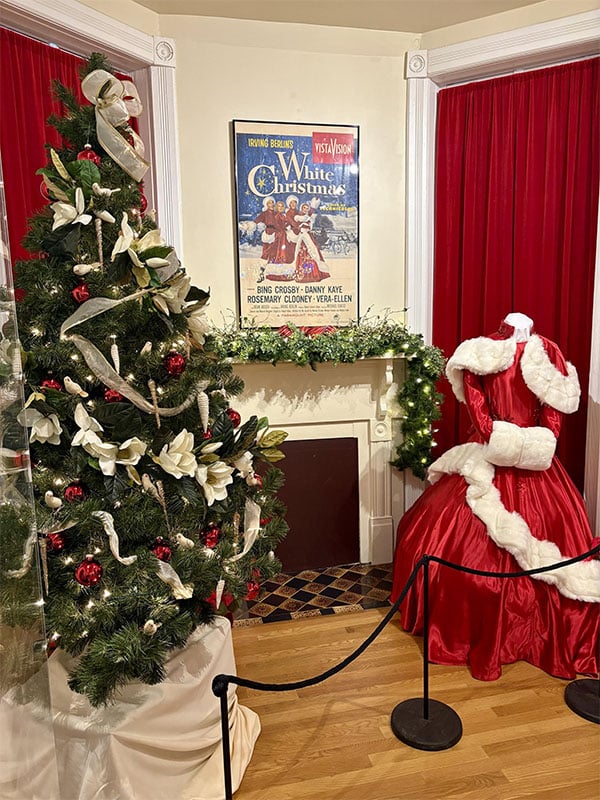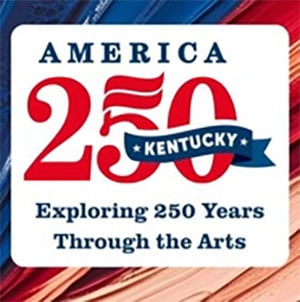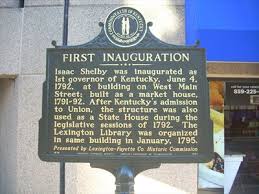While last week’s gubernatorial election marked the end of this year’s campaign season, it also kicked off the beginning of a transition period that has been guided by tradition and the state constitution for much of our history.
Not quite 60 people have served as governor since Kentucky joined the United States in 1792. In the beginning, voters did not have a direct say; instead, the decision was made by a group of electors, similar to our presidential elections today.
Voters took back control under our second state constitution, which was adopted in 1799, and it has remained that way under the third and fourth versions of our founding document.
Under the constitution’s guidelines, the next major date on the political calendar is the inauguration, which is to fall on the fifth Tuesday after the election. This year, that is Dec. 8.
In upholding a long-held tradition, a delegation of Frankfort residents will deliver country ham, beaten biscuits and white cake to the Governor’s Mansion, a trend that began more than a century ago when an outgoing first lady left behind a meal for the incoming governor and his family.
If it wasn’t for a generous offer of land and money, that meal and the inauguration might be taking place in Lexington or Louisville, two of the other cities that competed to be our state’s capital. Frankfort won out when it provided a log home, some locks and hinges, 10 boxes of glasses, 1,500 pounds of nails and $3,000 in gold.
One of the General Assembly’s first acts was building what is now known as the Old Governor’s Mansion, which was finished in 1798. Before the lieutenant governor permanently moved out in 2002 because of the need for extensive renovations, it was the country’s oldest official executive residence. It pre-dates the first use of the White House by two years.
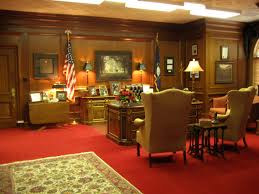
Until the mid-1930s, the role of governor was quite different than it is today. Before then, our chief executive’s main duty was appointing members to an array of boards and commissions that largely carried out state government duties. Afterward, we saw that system realigned into an Executive Branch similar to what we have now. A 1973 update streamlined this even further.
That doesn’t mean there still aren’t plenty of appointments to be made to boards and commissions; in fact, there are more than 400 of these organizations – from the state Board of Accountancy to the Workforce Investment Board – and there are hundreds of other appointments needed within state government to lead various agencies.
After the inauguration, the next high point on state government’s calendar comes early next year, when the governor will give the State of the Commonwealth address. Our constitution calls for it to occur on the first Thursday of the General Assembly’s Regular Session, which will be Jan. 7.
New governors are given a little longer to present a proposed two-year budget to the General Assembly. While a budget draft is normally required by the 10th legislative day in even-numbered years, that deadline in 2016 will be the 15th legislative day.
As we head toward the holidays, the General Assembly will wind down the monthly meetings its committees have held since late spring. When the House and Senate return in early January, it promises to be a busy three-and-a-half months that will be dedicated to passing a two-year budget and road plan and voting on hundreds of other bills. We have to finish our work by April 15.
Mike Denham is a state legislator representing House District 70 (Bracken, Fleming and Mason counties).













